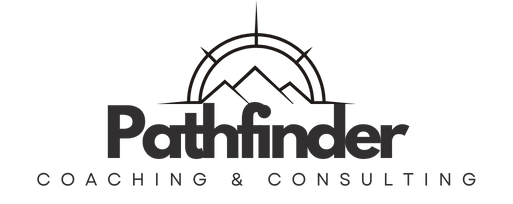Transparency and Goldilocks
How much transparency is just right? Like the children’s fairy tale, leadership can have too much, too little, or a just right amount of transparency. How does a leader determine what is just right?
Benefits of transparency in leadership
Transparency is important in an organization. Transparency increases employee engagement. This has a domino effect, resulting in lower turnover, reduced stress, better customer service, lower rates of absenteeism, and improved collaboration. Each of these measures has a positive impact on a company’s effectiveness and bottom line.
Top-down transparency also increases the perception of the effectiveness of leadership. This also positively impacts employee engagement. When employees are engaged and have a positive perception of leadership, performance improves. There are also higher profit margins in organizations that demonstrate transparency. Transparency builds trust. Trusted companies outperform their peers.
Examples of successful transparency
Patagonia faced concerns over what materials were used in manufacturing their products. Customers wanted to know if any harm was caused in the manufacturing process. Patagonia developed a series of videos, called “Footprint Chronicles,” that revealed the manufacturing process and the source of all materials. Since the customer base was significantly invested in social and environmental concerns in manufacturing, this transparency garnered increased levels of customer loyalty, employee morale, and customer satisfaction.
Whole Foods faced a lawsuit over mislabeling items as non-GMO. A non-GMO label indicates no genetically modified material is part of the food product. Whole Foods has since implemented a policy requiring all food to be verified prior to receiving a non-GMO label, which is a requirement stricter than required by the regulating agency, the US Department of Agriculture (USDA). This transparent verification process is important to a customer base that seeks organic products.
Is more transparency better?
Transparency seems to be a magic pill that makes everything better. However, like the beds in the fairy tale, too much is not always what is best. Revealing too much information can lead to information overload for employees and customers. Transparency in decision making is good, but involving too many stakeholders with too much information can slow down the decision making process and give too much influence to those with minimal knowledge or interaction. Surveys reveal employees don’t want to know everything. Sharing something to meet the transparency requirement often does not give the necessary context to the information, leading to misperceptions. Too much transparency in some creative fields can lead to a competitive disadvantage. Restructuring a department is a challenging process; revealing too much information about options in advance of any decision making or context can decrease trust and employee engagement, causing a loss in productivity.
“Just Right”
No magic formula exists to define “just right.” There are some areas that are safe to exercise more transparency than others. It is always helpful to be transparent about a development process and growth path for employees. Business objectives and goals should be clearly and transparently communicated. Any time an employee would be helped by answering the question “why” is another litmus test for increasing transparency.
Sharing vulnerably and authentically can help a leader establish psychological safety for their employees, which creates a more innovative community. Yet sharing the details of a messy breakup is not likely to score points in your favor. When it comes to sharing personal information, ask these three questions to help guide whether it should be shared: Is it true? Is it kind? Is it useful?
The best filters for determining what information to share are context, timing, relevance, and necessity. The context of information is important to ensure whatever is shared is not in isolation and leads to erroneous conclusions. Timing allows the right people to have the right information to make decisions. If the information is relevant to company operations, policies, or procedures, it must be shared, within the right context and timing. It should go without saying, any information necessary to carry out the requirements of a task should be shared. Using these filters will help you get transparency “just right.”
#Transparency #AuthenticLeadership #Vulnerability #Leadership #ProfessionalDevelopment #PersonalGrowth #CoreValues #ContinuousLearning #LeadershipDevelopment
